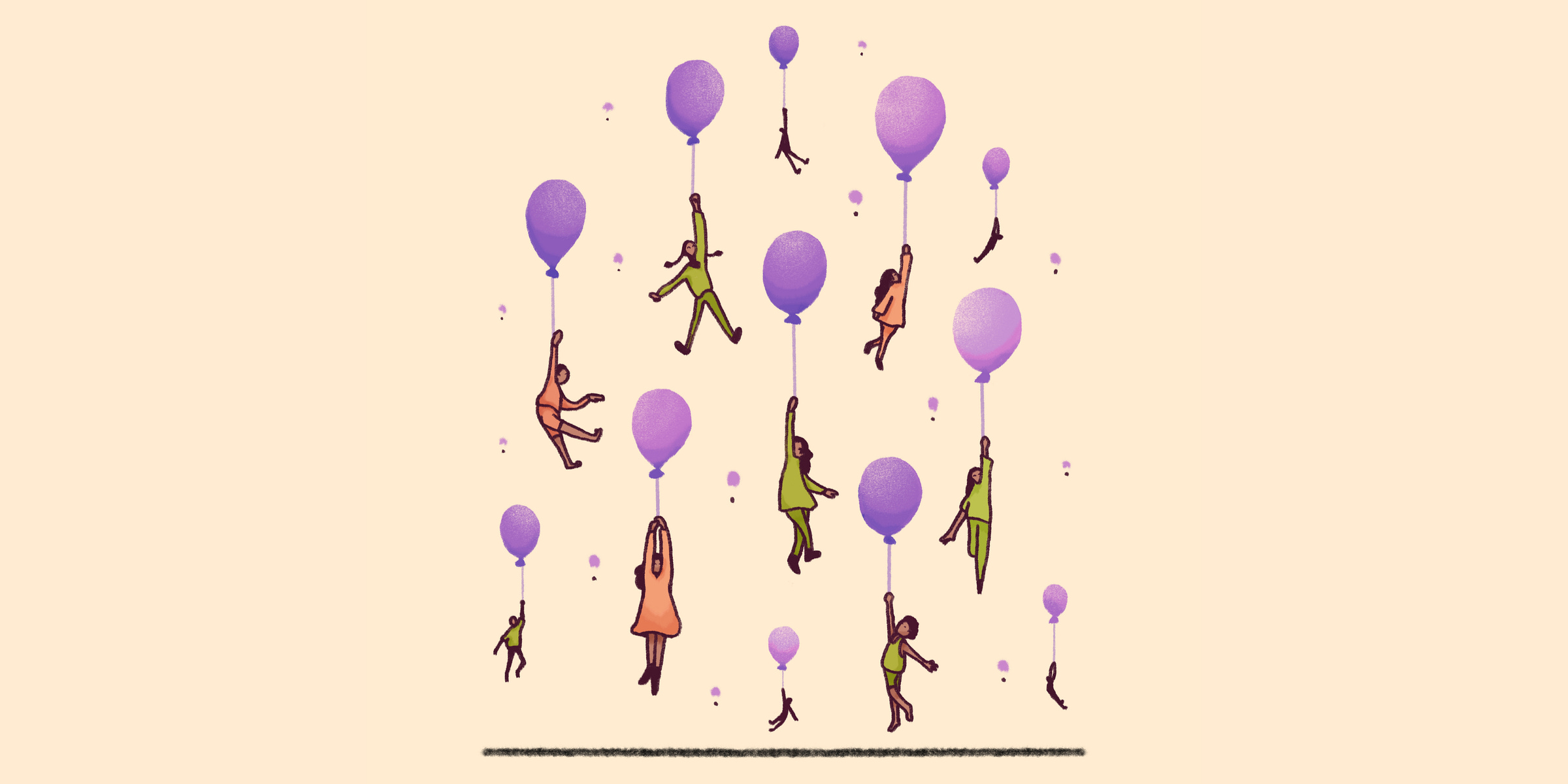In Spotlight: Where Are India's Children?
Bridging the gaps to ensure all children eligible for adoption, find families
Adoption in India takes much longer than it should; it’s a vividly problematic sight that most of us will have witnessed. Overcrowded shelters are full of orphaned or abandoned children who have also abandoned hopes of a childhood with a loving family and home. On the other hand, thirty thousand applications from hopeful parents are currently waiting in line, while only two thousand children are registered for adoption.
Common sense tells us that these numbers aren’t adding up.
So, Where Are India’s Children?
In India, orphaned, abandoned, and surrendered children have the right to be adopted under the Juvenile Justice Act if the Child Welfare Committee declares the child to be ‘legally free for adoption.’ This has not been happening as effectively as it must, and several deserving children are being excluded from the chance to be adopted for two reasons. One, ambiguity in the adoption law and two, severe resource constraints in the government departments responsible for this. As a result, thousands of children are forgotten, left to live their childhoods out in shelters providing them with a roof and three meals a day, but seldom more.
On the intent
“In India context, for decades, India has been used to keeping kids in shelters and that’s been perceived as a good thing; so the idea is - a roof over your head, a meal in your stomach a day is enough. The child’s right to family, the child’s need to family and why every child must grow up in a family, that point was missed and that’s where we formed WAIC, that’s why we jumped into this work.”*
For instance, an abandoned child entered the system when she was six months old. Her adoption process began then, but she was never declared legally free for adoption.
Three separate adoptive parents noticed several children like her when they first navigated the complex Indian adoption system to adopt children into their own families. Their paths converged in 2017 to launch Where are India’s Children? (WAIC).
That child is now ten years old and, thanks to WAIC’s intervention after ten long years, has now found a family!
Of the aggregate ~370 children WAIC has evaluated, around eighty-six have been declared legally free for adoption. These children would have otherwise still been waiting in line, potentially for all of their childhoods.
A persistent and methodical solution
Upon studying the system with method and craft, WAIC realised their solution now had to be multi-pronged, simultaneously and parallelly plugging every gap and weakness in the system. While consciously tagging every player in the system along the transformation.
Their work began with data collection, a tedious on-ground process requiring skill and tact to venture into child shelters and gather intimate and often sensitive information about children and their family statuses. So, next, they began hiring on-ground social workers to do this for them.
They took two critical decisions at this stage:
First, to make this process tech-oriented and to open source the tech.
And second, to work with on-ground NGOs (specialised adoption agencies) and the government by using already on-ground social workers to do this work.
How tech plays a part
At this point, they developed their tech solution to analyse cases and swiftly recommend children who were common-sensically low-hanging fruit for adoption, i.e. when the details of their cases surfaced, one couldn’t help but see that they were obvious and urgent candidates for adoption.
Concurrently, they’ve been building their network of government officials working in the system. At this stage, government officials have even recognised WAIC as playing legitimate and valuable roles in the official system, offering to direct government funds towards this outsourcing of work from the government to WAIC.
Lastly, recognising that the adoption laws need strengthening, they have now begun using their tech solution to gather insights on exactly how the laws need to change. They are now employing their network to engage in legislative advocacy while preparing to move on to judicial advocacy as well, as and when the need arises.
Today, they operate in Telangana and Maharashtra, collaborating with multiple NGO partners and government officials. Their long-term goal is to integrate these operations, tech-based and data-oriented, into the official Indian adoption system.
In taking WAIC closer to this vision of India’s children finding loving homes, they say that they have already found their first big win. The workers at the agencies and shelters they work with have now begun approaching children’s cases with a subtle but powerful shift in mindset. Where they used to default to leaving children in the shelters, today they are defaulting to, first and foremost, asking how urgently each child can find a family.
*Smriti Gupta, co-founder of WAIC, in conversation with Maria Clara Pinheiro during Agami Prize 2022.
Edited by Keerthana Medarametla and Supriya Sankaran.




